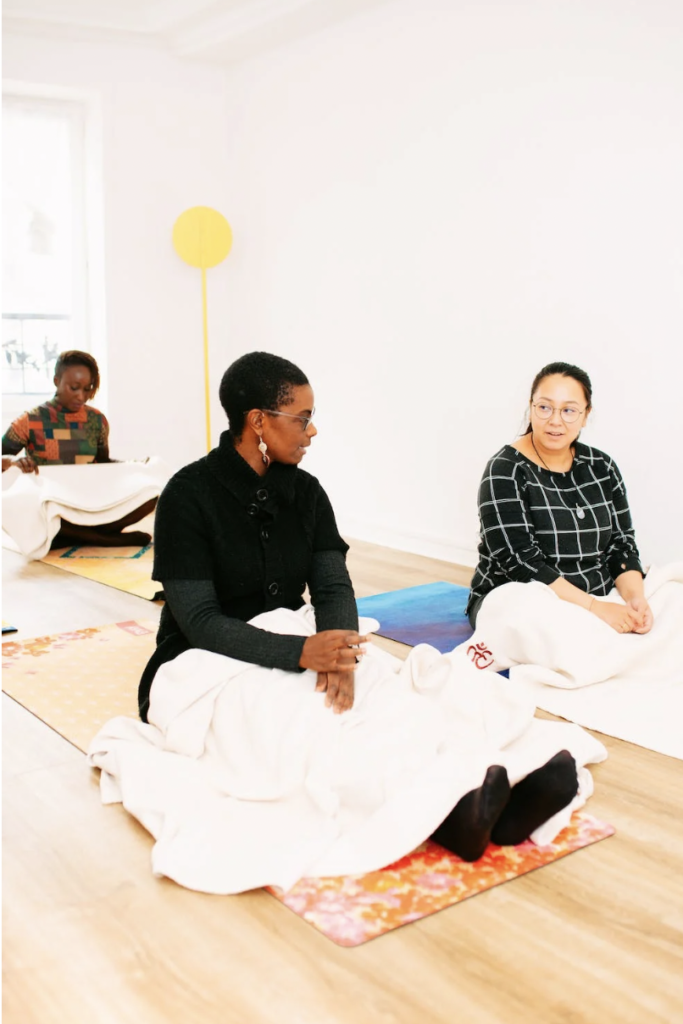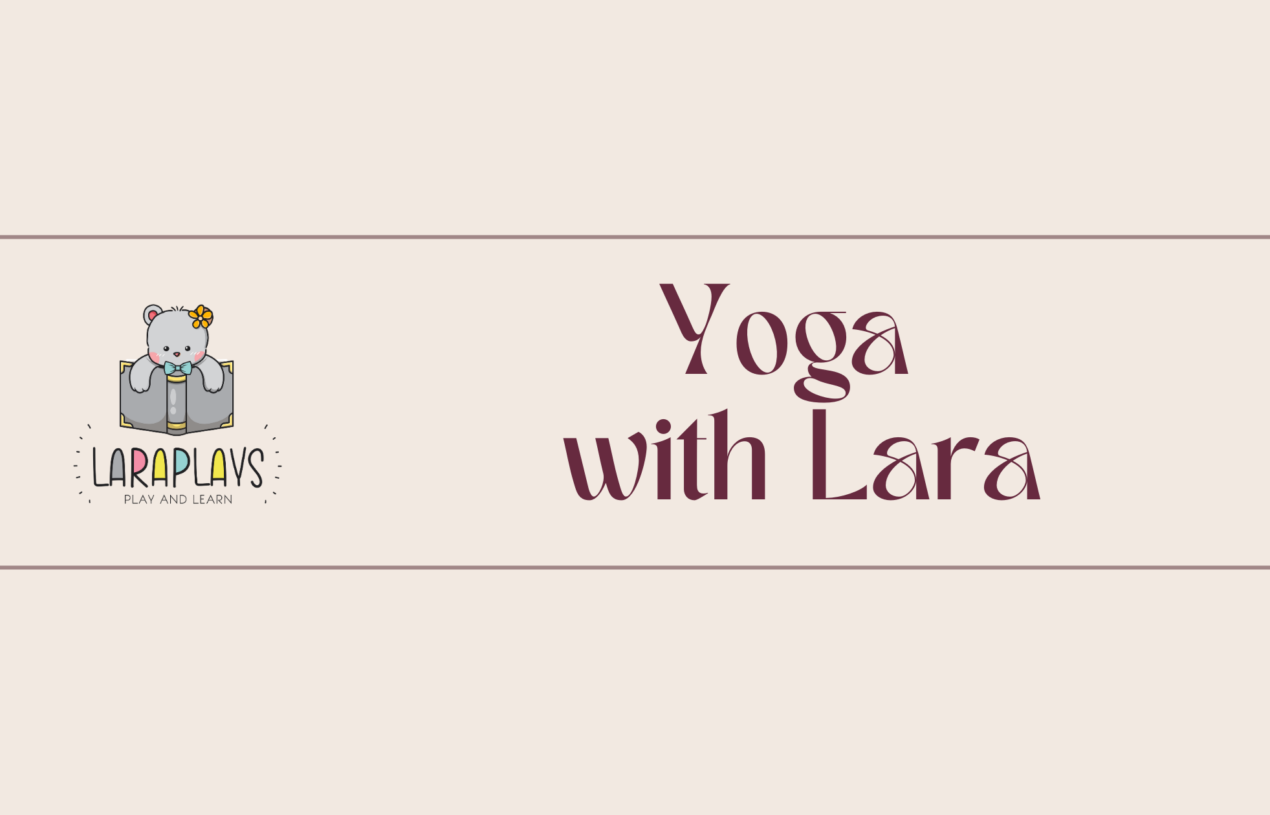Yoga is a multifaceted practice with a rich tapestry of traditions, styles, and philosophies. From gentle, meditative flows to vigorous, sweat-inducing sequences, there’s a style of yoga to suit every individual’s needs and preferences. Whether you’re seeking relaxation, strength-building, or spiritual enlightenment, there will be a yoga practice tailored just for you. Let’s take a journey through the different types of yoga and explore some of the most popular types:
1. Hatha Yoga:
Hatha yoga is the foundation of all modern yoga styles. It emphasizes physical postures (asanas) and breath control (pranayama) to achieve balance between our body and mind.
Classes typically include a mix of gentle stretches, strengthening poses, and relaxation techniques, suitable for people of all levels.
2. Vinyasa Yoga:
Vinyasa (or flow) yoga, is characterised by fluid, dynamic sequences that synchronise our movement with our breath. In vinyasa classes, we move through a series of poses in a continuous, flowing manner, transitioning smoothly from one posture to the next.
Vinyasa yoga not only builds strength, flexibility, and cardiovascular endurance, it fosters a meditative state of our minds.
3. Ashtanga Yoga:
Ashtanga yoga is a vigorous and structured practice that follows a specific sequence of poses, each linked with breath and movement. Classes are typically fast-paced and physically demanding, focusing on building our strength, stamina, and flexibility.
It’s a six series practice, and everyone will progress at their own pace under the guidance of a certified teacher.
4. Yin Yoga:
Yin yoga is a slow-paced practice that targets the deep connective tissues of the body, such as ligaments, tendons, and fascia. In yin classes, poses are held for an extended period (typically 3 to 5 minutes) to gently stretch and release tension in the muscles and joints.
Props such as bolsters, blankets, and blocks are used – to facilitate these gentle, restful poses that are held for extended periods.
Read our Beginner’s Guide to Yin Yoga here!

Yin yoga also cultivates mindfulness, relaxation, and introspection, making it an ideal complement to more dynamic forms of yoga.
5. Restorative Yoga:
Restorative yoga focuses on areas that requires healing through supported, passive stretching and deep breathing techniques.
Deep relaxation, rejuvenation, and healing for both our body and mind is promoted during restorative yoga.
6. Kids Yoga:

Kids yoga is a playful and interactive practice tailored specifically for children. Incorporating storytelling, games, and imaginative themes, kids yoga classes introduce young practitioners to the benefits of movement, breathwork, and mindfulness in a fun and engaging way.
Children can develop body awareness, strength, flexibility, and emotional regulation while fostering creativity, confidence, and social skills when practicing yoga.
With age-appropriate poses and activities, kids yoga encourages self-expression, cooperation, and joyful exploration of the mind-body connection.
As an early childhood educator, I loved learning about the benefits of kids yoga during my teacher training course.
7. Yin Yang Yoga:
Yin Yang yoga blends the complementary principles of yin and yang – the passive and active, the feminine and masculine, the lunar and solar energies – to create a balanced and harmonious practice.
In Yin Yang classes, practitioners explore both dynamic, strength-building yang poses and passive, deep-stretching yin poses, integrating movement and stillness, effort and surrender.
By honoring the dualities of life, Yin Yang yoga cultivates equilibrium, resilience, and acceptance, inviting practitioners to embrace the full spectrum of their being and find unity amidst diversity.
I’ve not included a couple of yoga styles in this list such as Iyengar Yoga, Kundalini Yoga, Prenatal Yoga (& more). My main learning and practice of yoga styles are: Vinyasa, Kids Yoga as well as Yin Yoga 🙂
Types of Yoga Offered at Lara Plays Yoga
The current practice that we offer is Yin Yang Yoga because I personally feel that it supports the concept of having balance.
Each individual is likely to be more inclined towards a yin lifestyle or a yang lifestyle. Thus, it’s important to practice both of them to balance it out.
For me, I initially felt that Yang was not really suitable for me (because I’m more of a low-energy kind of person). After practicing Yin Yoga for 7 consecutive days, I started to miss Yang practices! 😆 Interestingly, it felt like I needed the energy generator from Yang practices to help me generate energy. The feeling of “sweat it out” is equally important as the feeling of “let’s relax”.
& of course, my energy spreads out much more evenly during a Yin-Yang practice. But that’s my personal experience, I’d strongly encourage everyone to try out the different types of yoga to find the practice that suits you best!
Connect with me if you’d like to find out more about Yin Yang practice.
Cheers & Love,
Lara 💜

